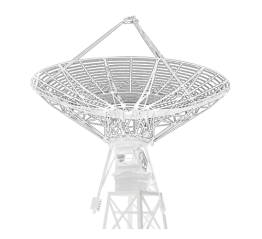
Larry Connor, AB ’72, will be the first Ohio University graduate to boldly go where no Bobcat has gone before. His giant leap will mark another small step in the Ohio University community’s ongoing contributions to space exploration, dating back to the earliest days of the U.S. space program.
From Gemini and Apollo to commercial spaceflight, OHIO faculty, students and alumni—more than 600 of whom identify themselves on Ohio University’s LinkedIn page as contributing to the work of NASA—have advanced our understanding of and ability to explore the great beyond. They’ve conducted research and made discoveries that have implications in the cosmos and here on Earth. And they’ve inspired future generations to reach for the stars, both literally and figuratively.
Here we highlight just a few of the many Bobcats who have helped open the doors to the final frontier. T-minus 3, 2, 1…

Sohio Satellite Tracking Station
In 1965, OHIO became the owner of the world’s only privately operated satellite tracking station , given by the Standard Oil Company and erected at what was the Radar Hill Laboratory, organized in 1963 for use in moon and satellite tracking programs.
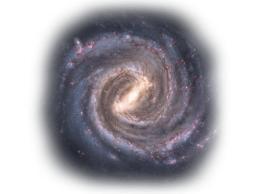
Dr. Keith Hawkins, BS ’13 (HTC)
Assistant professor of astronomy at the University of Texas at Austin who leads the Galactic Archaeology Lab @ UT, a research group studying the structure, formation, evolution and chemical makeup of the Milky Way Galaxy.
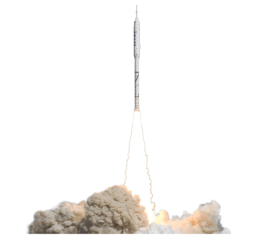
Cynthia Calhoun, BSEE ’88
Aerospace engineer supervisor, serving as deputy chief of the Program and Project Assurance Division at the Glenn Research Center; recipient of NASA Group Achievement Honor Award for exemplary efforts in creation of an innovative, detailed, in-house design of the Crew Exploration Vehicle and NASA Mission Manager’s Flight Commendation for the successful launch and test of the Ares I-X Launch Vehicle.
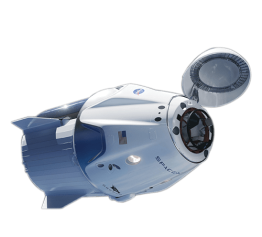
Dr. Ronald Moomaw, DO ’80
As a psychiatrist and flight surgeon for NASA’s Johnson Space Center, was a first responder for the May 2020 SpaceX launch , the first time a commercial aerospace company sent NASA astronauts into space.
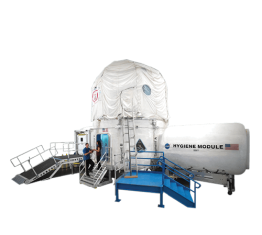
Bob Ferguson, BSME ’98
Crewmember on NASA’s 2019 Human Exploration Research Analog (HERA) mission XX; spent 45 days living and working inside a mock spacecraft at Johnson Space Center to study the effects of isolation and confinement on the astronaut experience.
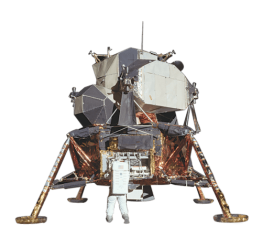
James Handley, BSME ’57
Served as system programming and advanced programs manager and second in command for the IBM’ers working at Kennedy Space Center (1964-1975) during the Apollo Program. Led design, programming, installation and maintenance efforts for the Saturn/Apollo checkout and launch system. Received an IBM Outstanding Contribution Award, was inducted into the U.S. Space Workers Hall of Honor for contributions to the Apollo Program, and is featured on the Apollo and Gemini monuments on the U.S. Space Walk of Fame.
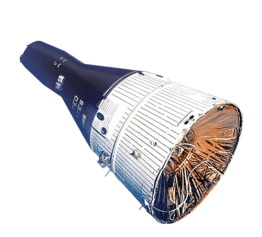
R. Emmett Boyle, MSISE ’70
Design engineer on Gemini, NASA’s second human spaceflight program; contributed to conceptual designs that included the separation of the spacecraft’s nose cone for deployment of the landing parachute and the ejection seats that protected astronauts during launch and reentry.
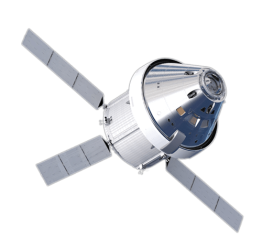
Bryan Smith, BSISE '83
Director of facilities, test and manufacturing at Glenn Research Center. As director of Space Flight Systems (2011-2020), oversaw environmental testing and certification of the Orion spacecraft for the Artemis I mission, expected to enable human exploration to the moon and Mars.
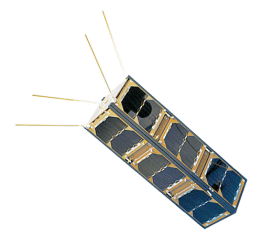
Bobcat-1 satellite
Designed by Russ College Assistant Professor Dr. Sabrina Ugazio and students Kevin Croissant, Greg Jenkins, Ryan McKnight and Brian Peters, it was deployed into low-Earth orbit in November 2020 to study Global Navigation Satellite Systems and is one of 11 small spacecrafts developed at American universities selected by NASA’s CubeSat Launch Initiative to be transported into space.
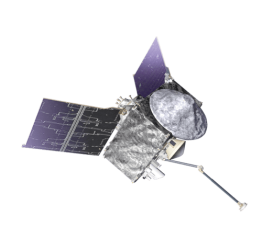
Zoe Zeszut, BSC, BS ’15
Operations engineer who coded and verified science observation commanding for the OSIRIS-REx spacecraft, launched in 2016, to image and characterize near-Earth asteroid Bennu. As a scientist at the University of Arizona, will analyze the asteroid samples expected to return to Earth in 2023.
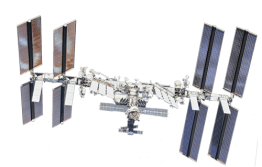
Ronald Sicker, BSEE '83
Project manager at NASA’s Glenn Research Center; manages the Fluids and Combustion Facility, which allows large facilities to conduct combustion, physical science and biology experiments in the microgravity environment on the International Space Station.
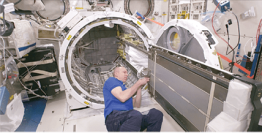
Nicole (Little) Rose, BSC '10
Video producer for ISS research who produced the first 8K ultra-high-definition video from space, a joint project between NASA and the European Space Agency.
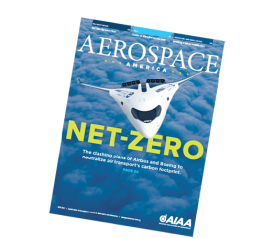
Cat Hofacker, BSJ ’18
Staff writer for Aerospace America, the flagship publication of the AIAA (American Institute of Aeronautics and Astronautics), covering the technology and trends shaping the aviation and space industries.
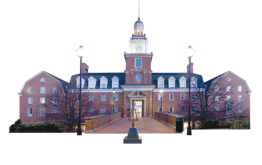
International Space University
OHIO hosted International Space University 's 28th Summer Space Studies Program in 2015, bringing the world’s premier space education program and approximately 100 space professionals from 30 countries to Athens for nine weeks of professional development.
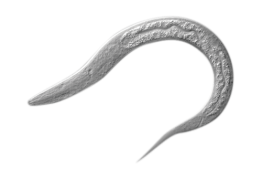
Dr. Nathaniel Szewczyk,
Ralph S. Licklider, D.O.
Dr. Nathaniel Szewczyk, Osteopathic Heritage Foundation and Ralph S. Licklider, D.O., Endowed Professor in Molecular Medicine
uses worms to study nerve and muscle health during spaceflight
, sending two experiments to the ISS this year. In 2020, NASA published six papers co-authored by Drs. Szewczyk and Sarah Wyatt as part of the largest set of astronaut and space biology data ever produced.
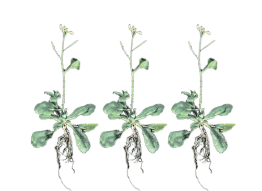
Dr. Sarah Wyatt
Dr. Sarah Wyatt, professor of Environmental and Plant Biology leads OHIO research lab that, from January 2015 to June 2021, has sent four experiments studying how plants respond to gravity to the ISS ; worked with NASA on the development of its GeneLab, providing scientists access to genomics data related to spaceflight and gravity.
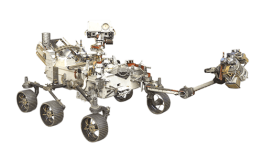
Dr. Fred Calef III, MS ’98
Science systems engineer at NASA’s Jet Propulsion Laboratory; does mapping for the Mars2020 Perseverance rover, has worked on four Mars missions, is a principal investigator for a web-based planetary mapping tool and does landing site analysis for future Mars missions.
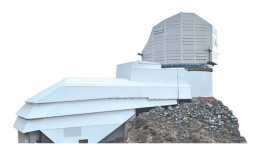
Dr. Douglas Clowe
Dr. Douglas Clowe
, professor of Astrophysics
proved the existence of dark matter, deemed by Discovery News in 2010 as the eighth most important discovery of the decade; is contributing to the development of the Vera C. Rubin Observatory’s Legacy Survey of Space and Time (LSST), capable of imaging the entire southern sky every three nights.
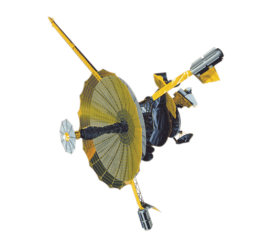
Dr. Bernard Kokenge, PHD '66
Working at the Mound Laboratory in Miamisburg, Ohio, helped develop the power sources (and was issued a patent in 1972 for a modified plutonium-238 fuel form) used in the spacecrafts and scientific instruments of several NASA missions, including the Apollo series, the Mars Viking project, the Pioneer program and Galileo.
Images courtesy NASA, except the following, Milky Way: Nick Risinger (using NASA images); Crew Dragon: NASA/SpaceX, Satellite dish, Bobcat-1; Stocker Center: Ohio University; Landscape: oliversved/123rf; Moon: Lick Observatory/European Space Agency/Hubble; InternationalSpace Station: NASA/Roscosmos; Mars: ESA/MPS for OSIRIS team; Caenorhabditis elegans: lostkebab/shutterstock; LSST: Rubin Obs/NSF/AURA
Editor's note: After going to press, we learned of another Ohio University graduate worthy of a mention here. Robert J. Wood, BS ’78 (Honors Tutorial College), was poised to become the first Ohio University graduate to go to space in 1986. An engineer with the McDonnell Douglas Aeronautics Company, Wood was selected to serve as a payload specialist on STS-61-M, a Space Shuttle mission that was canceled following the Space Shuttle Challenger tragedy in January 1986. Wood was killed in auto accident in February 2009.



